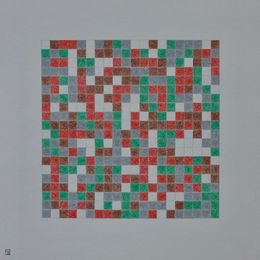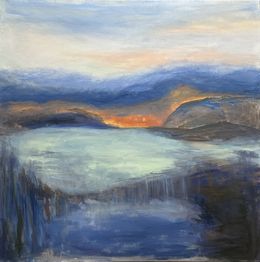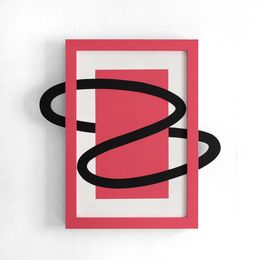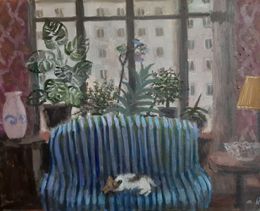
10 Artists Who Explore Geometric Abstraction

The pictorial language of geometric abstraction, based on the use of simple geometric forms placed in non-illusionistic space and combined into nonobjective compositions, evolved as the logical conclusion of the Cubist destruction and reformulation of the established conventions of form and space. Here’s a selection of 10 artists who explored this genre.
Initiated by Picasso and Georges Braque in 1908, Cubism subverted the traditional depiction relying upon the imitation of forms of the surrounding visual world in the illusionistic – post-Renaissance- perspectival space. The High Analytic Cubist phase, which reached its peak in mid-1910, made available to artists the planarity of overlapping frontal surfaces held together by a linear grid.
The next phase, Synthetic Cubism, 1912–14, introduced the flatly painted synthesized shapes, abstract space, and “constructional” elements of the composition. These three aspects became the fundamental characteristics of abstract geometric art. The freedom of experimentation with different materials and spatial relationships between various compositional parts, which evolved from the Cubist practice of collage and papiers collés (1912), also emphasized the flatness of the picture surface—as the carrier of applied elements—as well as the physical “reality” of the explored forms and materials. Geometric abstraction, through the Cubist process of purifying art of the vestiges of visual reality, focused on the inherent two-dimensional features of painting.
1. François Morellet

2. Carloz Cruz Diez

3. Vera Molnar

4. Gottfried Honneger

5. Arièle Rozowy

6. Nicolas Dubreuille

7. Brent Hallard

8. Gerhard Frömel

9. Paul Klee

10. Victor Vasarely


About Artsper
Founded in 2013, Artsper is an online marketplace for contemporary art. Partnering with 1,800 professional art galleries around the world, it makes discovering and acquiring art accessible to all.
Learn more













